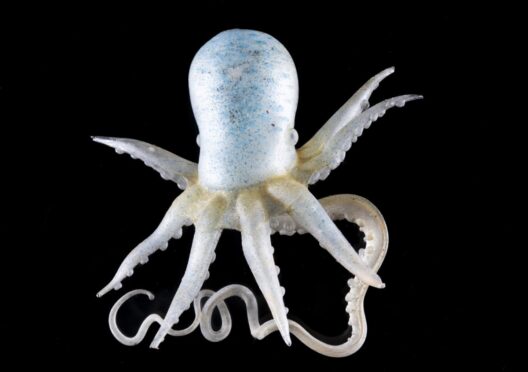As I stepped into the reception at Kingsbarns distillery, the atmosphere buzzed with shimmering festive gifts and the promise of discovery.
Dan Coburn, our guide, greeted us warmly, and led us from the main building to the old farmers cottage where they make their Darnley’s gin.
I had gone along with my mum Sheila, co-author of The Whisky Kitchen, to see if I could convert her to my favourite tipple: gin.
Inside the cosy cottage, we settled in a panelled room with curtained walls concealing the secrets of Darnley’s Gin.
Dan began with history, standing before a display of elegant bottles, maps, and pictures.
Why is it named after Lord Darnley?
“To understand Darnley’s Gin, we have to go back to the 16th century,” he said.
“Our gin is named after Lord Darnley, who famously met Mary, Queen of Scots, at Wemyss Castle – still owned by the Wemyss family, who started this distillery.
“Their meeting at the castle led to a marriage that shaped Scottish history.”
The history of gin in the UK
The story flowed into the broader history of gin.
“Gin didn’t start here,” Dan explained.
“The Dutch introduced it, calling it genever. British soldiers brought it back after The Thirty Years’ War in the 17th century.”
He recounted how the Reformation and William of Orange’s rise made gin a patriotic alternative to Catholic wine, spurring the 18th-century “Gin Craze.”
Dan’s vivid storytelling brought the era alive, referencing the famous Gin Lane engraving.
Sailors drank gin, not rum
The British Navy also played a role.
Sailors received daily gin rations, which they tested by mixing the spirit with gunpowder to ensure it was strong enough to ignite.
This test inspired the bold Navy Strength Gin we later tasted.
Tastings: is she a convert?
We began our tasting with the Original Gin, a classic London Dry style featuring juniper balanced by citrus and floral notes.
Next came the Spiced Gin, warm with clove, cinnamon, and nutmeg.
Finally, we sampled the Navy Strength Gin, a robust spirit at 57% ABV, its juniper core shining through.
Mum declared this her favourite, her grin confirming she had been converted to gin.
Which botanicals are used?
Dan then unveiled the botanicals that define Darnley’s Gin.
“Every gin starts with juniper – it’s not gin without it,” he said.
Coriander seeds and angelica root add dryness and bind flavours.
Unique botanicals like clove and seaweed distinguish Darnley’s special editions, including the experimental Coastal Haar Gin.
The gin still: who is Dorothy?
The highlight of the tour was Dorothy, the copper still named after two loyal café customers.
Dan described the multi-shot distillation method that yields up to 10,000 bottles per batch, adhering to London Dry Gin’s strict standards.
“It’s not about geography,” he clarified. “All flavours must come from botanicals added during distillation – no artificial syrups allowed.”
Leaving with a bottle of Navy Strength Gin purchased in the Black Friday sale, I felt a new appreciation for the craft and the rich history behind Darnley’s Gin.


















Conversation